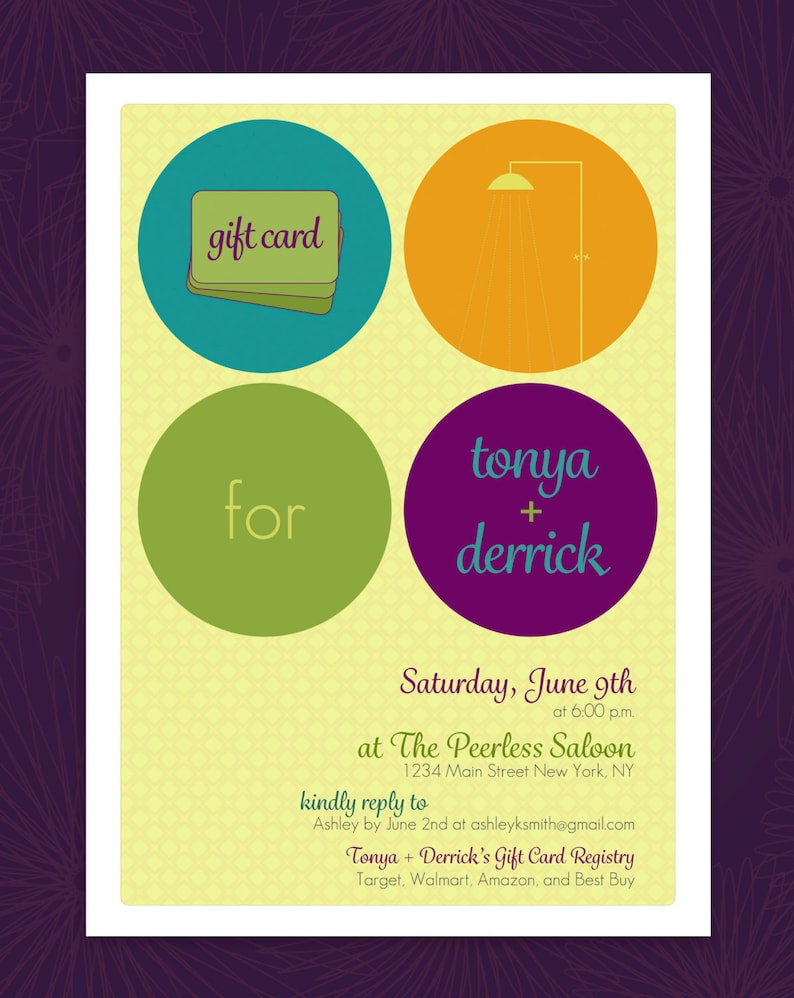Developed in the Middle East and Egypt on hardstone, copper wheel inscribing endured as a craft in seventeenth century Bohemia and Dresden on glass. It was made use of for a range of purposes, consisting of portraying the imperial double-headed eagle (Reichsadlerhumpen) and allegorical motifs.
Engravers of this period slowly abandoned linear clarity in favour of crosshatched chiaroscuro effects. A few engravers, such as Schongauer and Mantegna, handled glass with a sculptural sensation.
Old Art
By the end of the 17th century, nonetheless, diamond-point inscription was being replaced by wheel engraving. Two noteworthy engravers of this period are worth reference: Schongauer, that elevated the art of glass inscription to match that of painting with works like Saint Anthony Tortured by Demons, and Mantegna, who shaded his illustrations with brief jotted lines of differing size (fig. 4) to accomplish chiaroscuro impacts.
Other Nuremberg engravers of this time included Paul Eder, that mastered fragile and small landscapes, and Heinrich Schwanhardt, who engraved inscriptions of great calligraphic top quality. He and his boy Heinrich likewise established the method of etching glass with hydrofluoric acid to produce an effect that appeared like glass covered in ice. The engraved surface area might then be reduced and inscribed with a copper-wheel. This approach is utilized on the rock-crystal ewer shown here, which combines deep cutting, copper-wheel inscription and sprucing up. Recognizing the etching on such pieces can be difficult.
Venetian Glass
When Venice was a European power, Venetian glassmakers took the lead in several high value-added sectors. Unlike fabrics and fashion, glassmaking retained a heritage of advanced techniques. It also lugged seeds of the ornamental splendour personified in Islamic art.
Nonetheless, Venetian glassmakers were not excited to share these ideas with the remainder of Europe. They kept their craftsmen cloistered on the island of Murano so they would certainly not be influenced by new fads.
Although demand for their item ebbed and flowed as preferences transformed and rival glassmakers arised, they never ever lost their interest affluent patrons of the arts. It is consequently not a surprise that engraved Venetian glass shows up in many still life paintings as an icon of high-end. Frequently, a master treasure cutter (diatretarius) would cut and enhance a vessel initially cast or blown by an additional glassworker (vitrearius). This was engraved family name signs a costly endeavor that called for excellent skill, perseverance, and time to create such detailed job.
Bohemian Glass
In the 16th century, Bohemian glassmakers adapted the Venetian dish to their own, developing a much thicker, clearer glass. This made it less complicated for gem-cutter to sculpt in the same way they sculpted rock crystal. In addition, they created a technique of reducing that enabled them to make really in-depth patterns in their glasses.
This was followed by the manufacturing of colored glass-- blue with cobalt, red with copper and light eco-friendly with iron. This glass was popular north of the Alps. Furthermore, the slender barrel-shaped cups (Krautstrunk) were also prominent.
Ludwig Moser opened a glass style studio in 1857 and achieved success at the Vienna International Exhibition of 1873. He developed a completely incorporated factory, using glass blowing, polishing and etching. Until completion of The second world war, his firm controlled the market of personalized Bohemian crystal.
Modern Craft
Engraving is among the earliest hand-icraft techniques of attractive refinement for glass. It requires a high degree of precision along with an artistic creative imagination to be effective. Engravers have to also have a feeling of composition in order to tastefully integrate shiny and matte surfaces of the cut glass.
The art of inscription is still alive and successful. Modern strategies like laser engraving can attain a higher level of information with a greater speed and precision. Laser technology is likewise able to generate designs that are much less susceptible to cracking or fracturing.
Engraving can be made use of for both industrial and ornamental objectives. It's popular for logos and hallmarks, as well as ornamental decorations for glassware. It's likewise a preferred way to add individual messages or a victor's name to trophies. It is very important to keep in mind that this is a harmful job, so you need to always utilize the ideal safety devices like safety glasses and a respirator mask.
